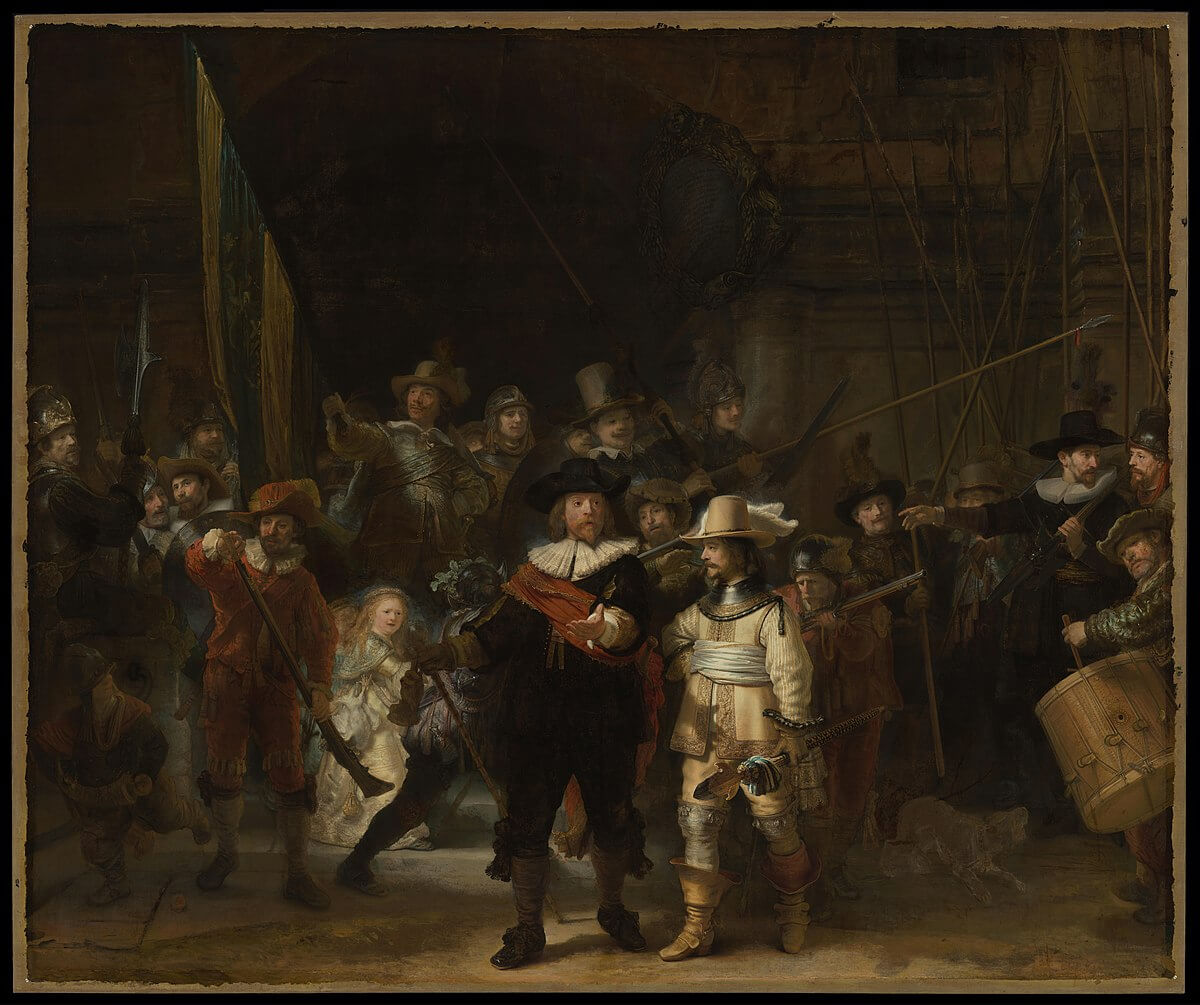
The Legacy of Rembrandt's Paintings
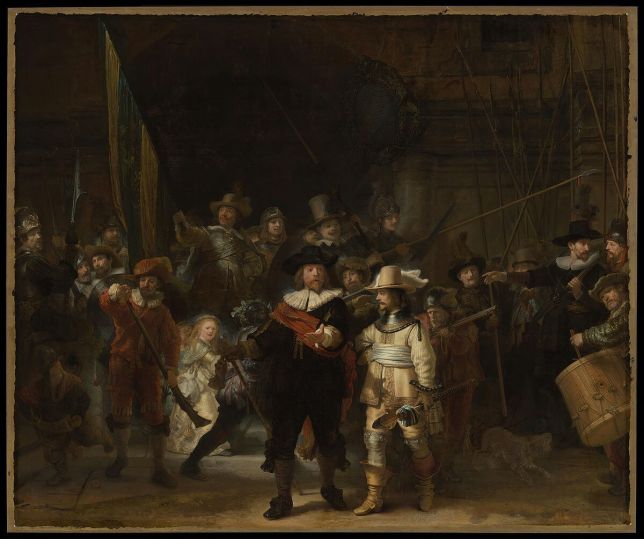
A master of painting, Rembrandt van Rijn had a considerable influence on art history. Born in 1606, he was one of those artists who constantly tried to experiment and improve through new techniques. He perfectly mastered painting and drawing, which he used to depict many different subject matters. As a significant figure of Baroque art and the Dutch Golden Age, the legacy left by Rembrandt and his paintings cannot be ignored. With Artsper, dive into the œuvre of Rembrandt and his influence on art as we know it today.
The influence of the Dutch Golden Age
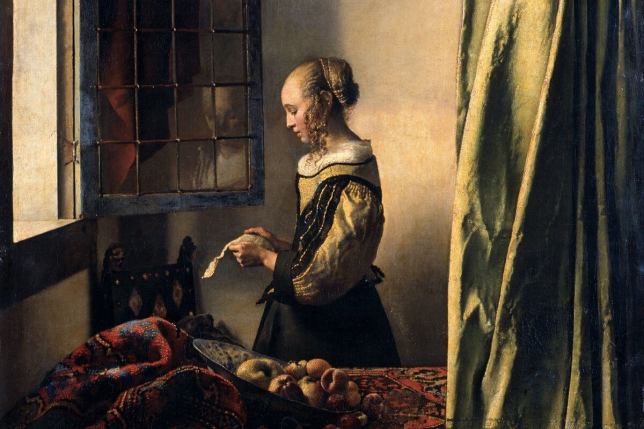
Rembrandt, Johannes Vermeer, Frans Hals… Many were the artists whose careers took place during the Dutch Golden Age. During this time, which extended between 1588 and 1672, Dutch trade, science, and art were the most renowned. The Netherlands benefitted from a strong military and colonial money, and the location of its provinces greatly simplified maritime commerce. Wealthy Dutch merchants suddenly found interest in the commerce of art to eventually create what will be considered the very first art market.
The distinctiveness of painting produced during this time is due to its realism and the variety of genres depicted. Religious paintings were increasingly less present in comparison with the rest of Europe, enabling artists to explore different styles of painting.
A recognizable face
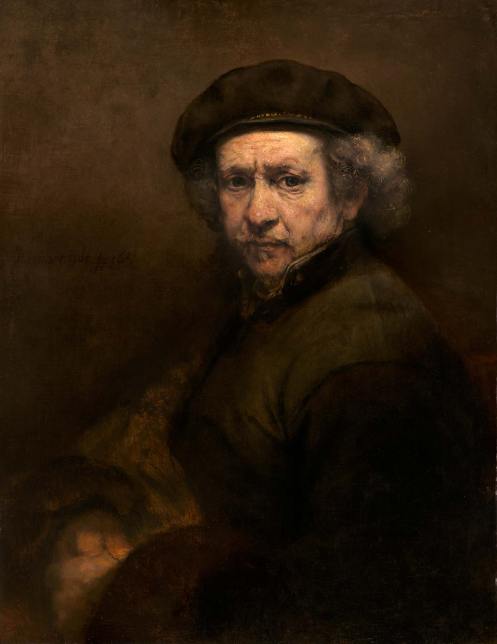
More than any other artist of his time, the face of Rembrandt seems carved into art history. Indeed, the self-portrait was at the heart of Rembrandt’s work: he got into the habit of painting himself several times a year so that one can observe him mature, get old, and modify each wrinkle on his face as time passes. However, it is not by vanity that the artist paints himself, but by interest for authentic representation.
Although he enjoys dressing up and playing with his appearance, he never idealizes himself and polishes his technique in an attempt to depict himself as faithfully as possible. For Rembrandt, paintings had to be faithful to the reflection of the mirror, and he followed this principle all throughout his career. His experiments through the art of portraiture are one of the ways in which Rembrandt distinguishes himself from his contemporaries, for whom self-portrait remained rare or deceptive. Through this tradition, Rembrandt introduces the artist’s face as its own object of study.
Representing the Everyday Without Artifice
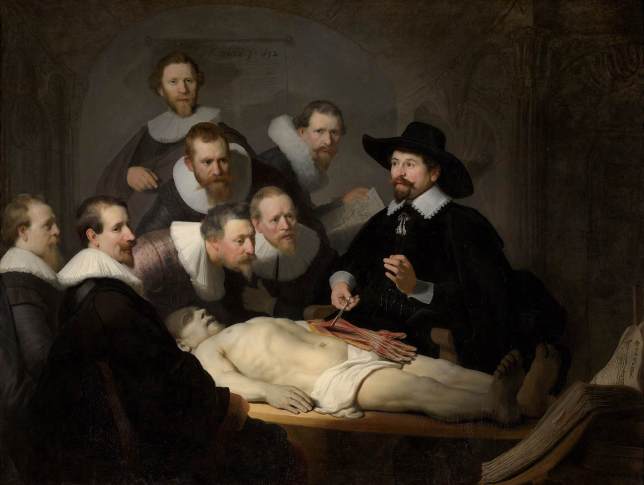
Inevitably, Rembrandt’s commitment to truthful representation did not win over the entirety of 17th-century society, and his style was often considered ugly. So far, the aim of painting was to imitate nature, but also to embellish and improve it. Religious scenes were still some of the art world’s favorite subjects and even with those, Rembrandt did not glorify anybody. He represented his scenes’ figures as if they were part of any ordinary family. Thus, he did not follow any rules regarding the appearance of his portraits; Rembrandt painted all types of people, letting wrinkles and imperfections show. This way, the artist establishes proximity between the viewer and the scene, an unusual thing for the time.
Today, his sketchbooks reveal what interested Rembrandt the most: bypassers on the street, beggers… Those who were voluntarily forgotten by society. His way of representing what was traditionally considered ugly allowed the following generations of artists to have the courage to show reality as they wished. That is, without trying to produce something beautiful or glorious.
The figure of the rebel artist
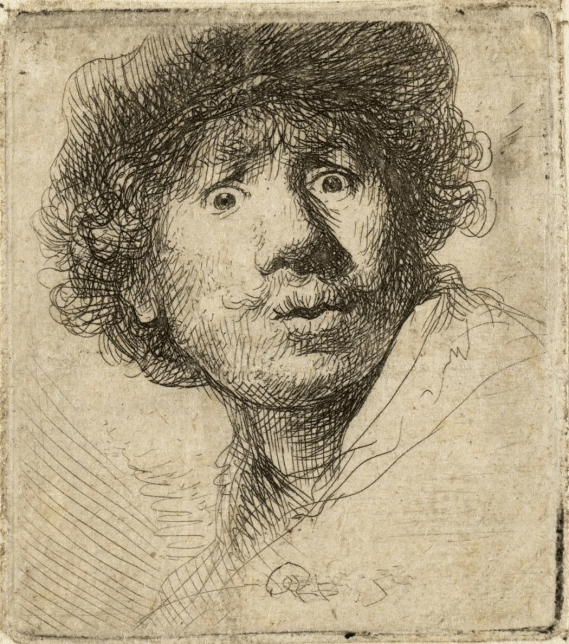
Rembrandt’s pictorial style and lifestyle made him a rebel until the end of his life. A few years before his death, he spent all his fortune and lived a frivolous life. Although he was not the first artist to reject norms, he was the most renowned for this time.
Rembrandt’s morales and techniques contributed to the acceptance of this figure of the rebel artist, the outcast, who can ignore established methods and still captivate the public. Moreover, Rembrandt and his paintings contributed to the demystification of religious figures in art, without neglecting them either. Finally, he was one of the first to desacralize the concept of objective beauty in art and especially in portraiture, to leave room for the artist’s individual gaze.
The Rembrandt enigma
Some of Rembrandt’s paintings remain mysteries, revealing secrets still to this day. Many are still debating his works’ authenticity. In 1995, The Metropolitan Museum of Art even devoted an entire exhibition to the “Rembrandt problem”. With the help of X-Rays, experts still look for proof of Rembrandt’s trace in his works. Indeed, only about thirty of his paintings were actually listed by the artist.
As of today, Rembrandt leaves behind 350 paintings, 300 etchings, and about a hundred sketches. Even 350 years after his passing, he is still relevant; his 3×4 meters masterpiece, The Night Watch (1642), was just restored by the Rijksmuseum thanks to artificial intelligence. Considered the trigger of Romanticism, Rembrandt leaves us with a legacy as crucial as enigmatic and he continues to inspire contemporary artists today.

About Artsper
Founded in 2013, Artsper is an online marketplace for contemporary art. Partnering with 1,800 professional art galleries around the world, it makes discovering and acquiring art accessible to all.
Learn more













